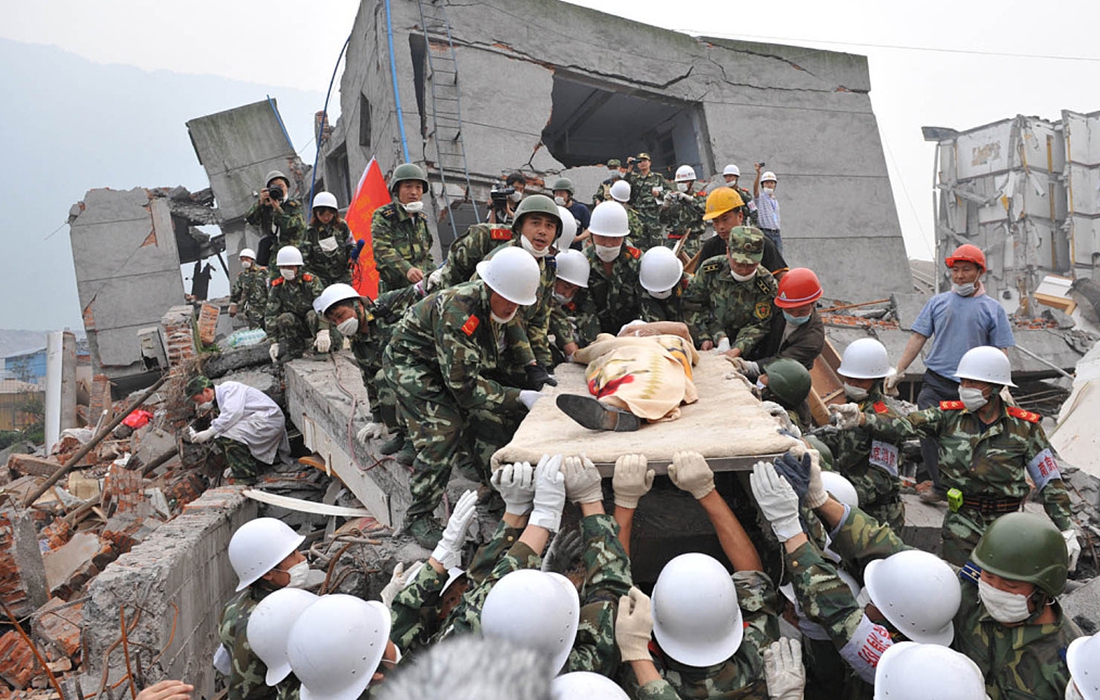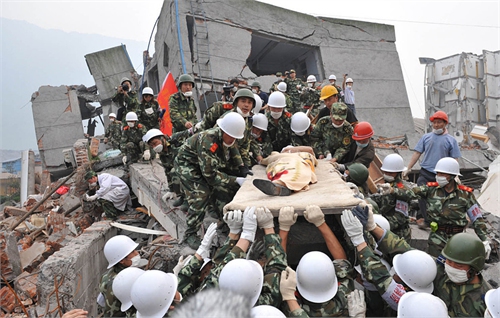Earthquake safety monitoring systems developed by Hubei firm reach world standard, take up large market share

A worker is rescued after 101 hours under rubble in Deyang, Southwest China’s Sichuan Province, on May 16, 2008. Photo: VCG
Earthquake safety monitoring systems used in nuclear power plants and high-speed railways independently developed by a Hubei company have reached world level standards and reportedly account for a large market share in China.
Developed by Wuhan Institute of Seismic Scientific Instruments Co in Central China's Hubei Province, the earthquake safety monitoring systems include nuclear power plant and high-speed railway seismic safety monitoring systems, Hubei Daily reported on Wednesday.
The nuclear power plant (NPP) seismic safety monitoring system has been used in 24 nuclear power plants in China, taking 95 percent of the domestic market share, while the high-speed railway seismic safety monitoring system has been applied in 18 high-speed railways, covering nearly 10,000 kilometers of railway, accounting for 70 percent of domestic market share, said the report.
Chen Zhigao, president of the company, who is also a research fellow at the Hubei Earthquake Agency, said when an earthquake occurs, their systems can calculate ground motion parameters in real time. When destructive seismic waves arrive, the systems can safely reduce the impacts of disasters for major projects, such as controlling high-speed trains to decelerate and warning nuclear power plants to stop nuclear reactions, so as to avoid serious damage during an earthquake.
The nuclear power plant seismic safety monitoring system broke the monopoly held by France and the US in nuclear power plants in China in 2008, and attracted the attention of the railway department, reported China Emergency Management News.
May 12 is the National Disaster Prevention and Mitigation Day set by China in 2009 aimed at further enhancing national awareness of disaster prevention and mitigation, and improve the quality of disaster prevention, mitigation and relief work.
On May 12, 2008, a magnitude 8.0 earthquake struck Wenchuan, Southwest China's Sichuan Province, killing 68,712 people and leaving 17,912 people missing in the province.



